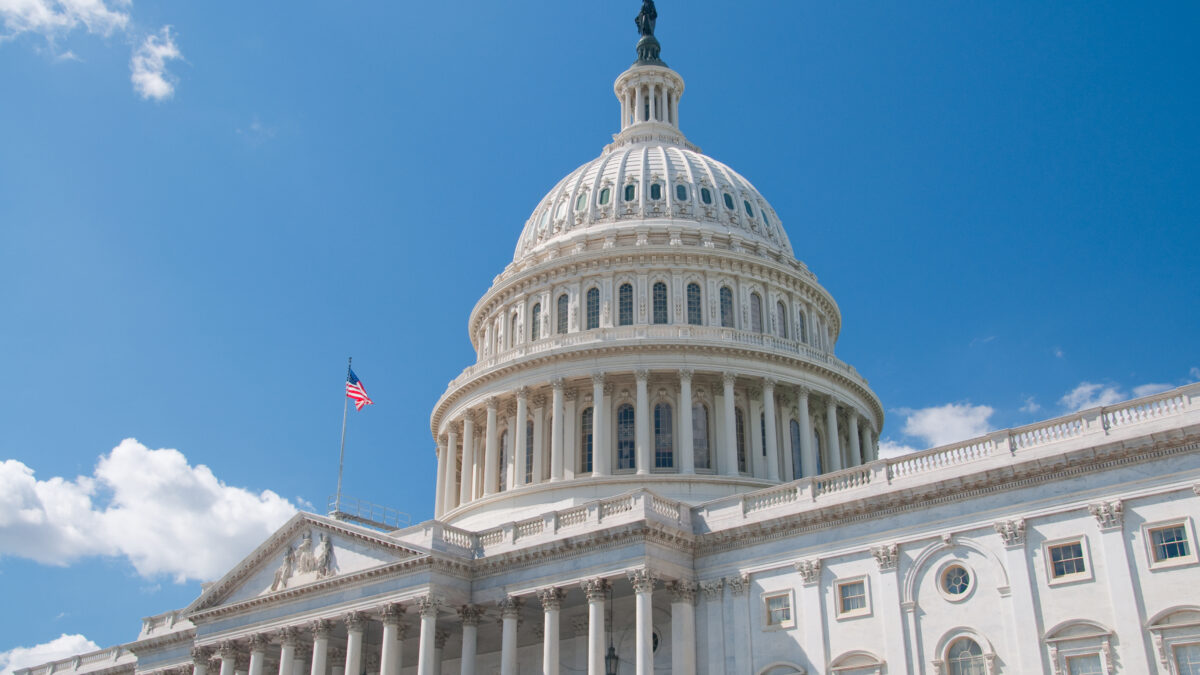Fifteen years ago, Congress created a pathway for the Food and Drug Administration to approve biosimilars. The law – called the Biologics Price Competition and Innovation Act – paved the way for the approval and transformative use of the manufactured compounds across disease states.
A Turning Point for Biosimilars
Modeled after the Hatch-Waxman Amendments that accelerated the generic drug market, the 2020 law aimed to promote competition, lower costs and expand patients’ access to lifesaving biologic treatments. Before that revolutionary shift in 2010, no regulatory framework existed for biosimilar approval.
Biosimilars are manufactured compounds that mimic biologics, which are made from living sources. Biosimilars must have the same safety and effectiveness as their reference product counterparts.
The first biosimilar was approved in 2015 to support immune response in patients undergoing chemotherapy. Since then, nearly 70 biosimilars have been approved to treat a range of conditions from common ones like arthritis, cancer and diabetes to rare autoimmune and hematologic diseases. These approvals are more than just regulatory milestones; they represent expanded treatment options for patients and over $36 billion in savings for the health care system.
Education Still a Top Priority
Despite the successful uptick in biosimilar production, ongoing education about these kinds of therapies remains important.
Patients and providers must be confident that biosimilars are just as safe and effective as their reference biologics. The FDA and manufacturers work to tackle any lingering hesitation through rigorous testing and ongoing education efforts that clearly explain the differences between the products, how they are made and how they work.
In the end, it’s patients who benefit by having more treatment options at a range of prices. To this end, the future looks bright.
Looking Ahead with Optimism
In 2024, federal officials approved a record 18 biosimilars, with more expected this year as exclusivity periods end for existing biologics. And the pipeline is expected to expand with both new and established manufacturers signaling increased interest in biosimilars.
The Biologics Price Competition and Innovation Act created a solid foundation for growth, innovation and affordability in this market. With this foundation, the next 15 years could see even greater advances in biosimilar uptake and impact.





